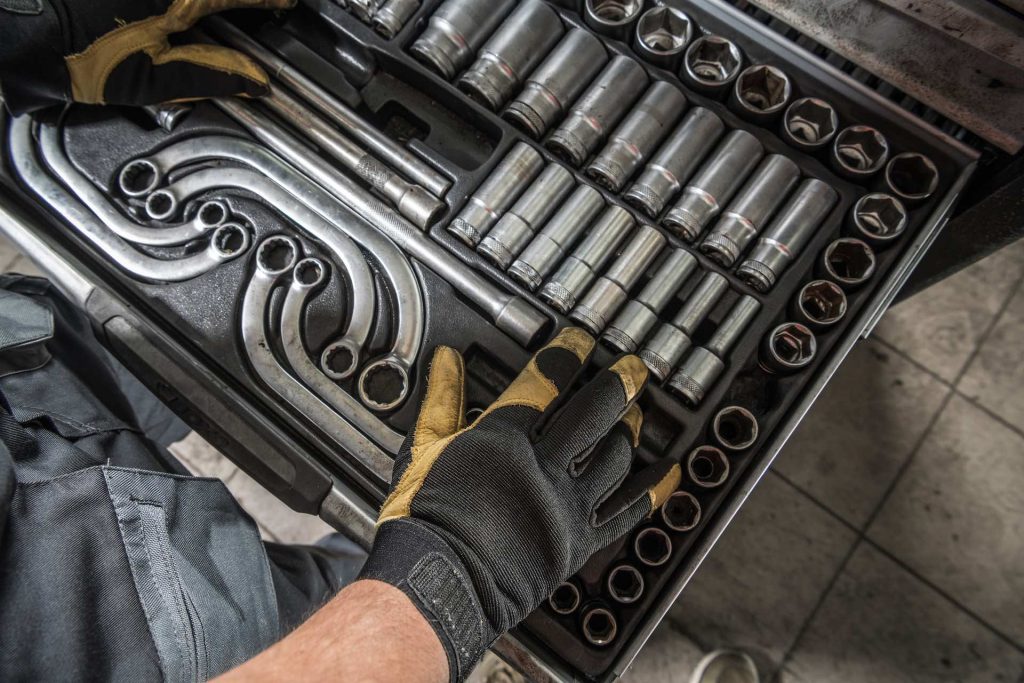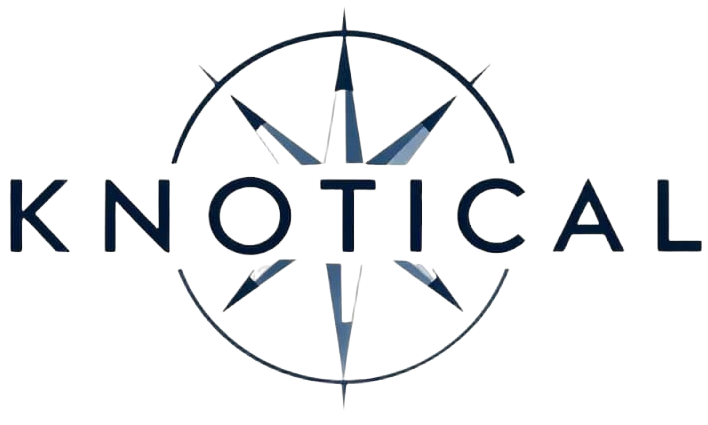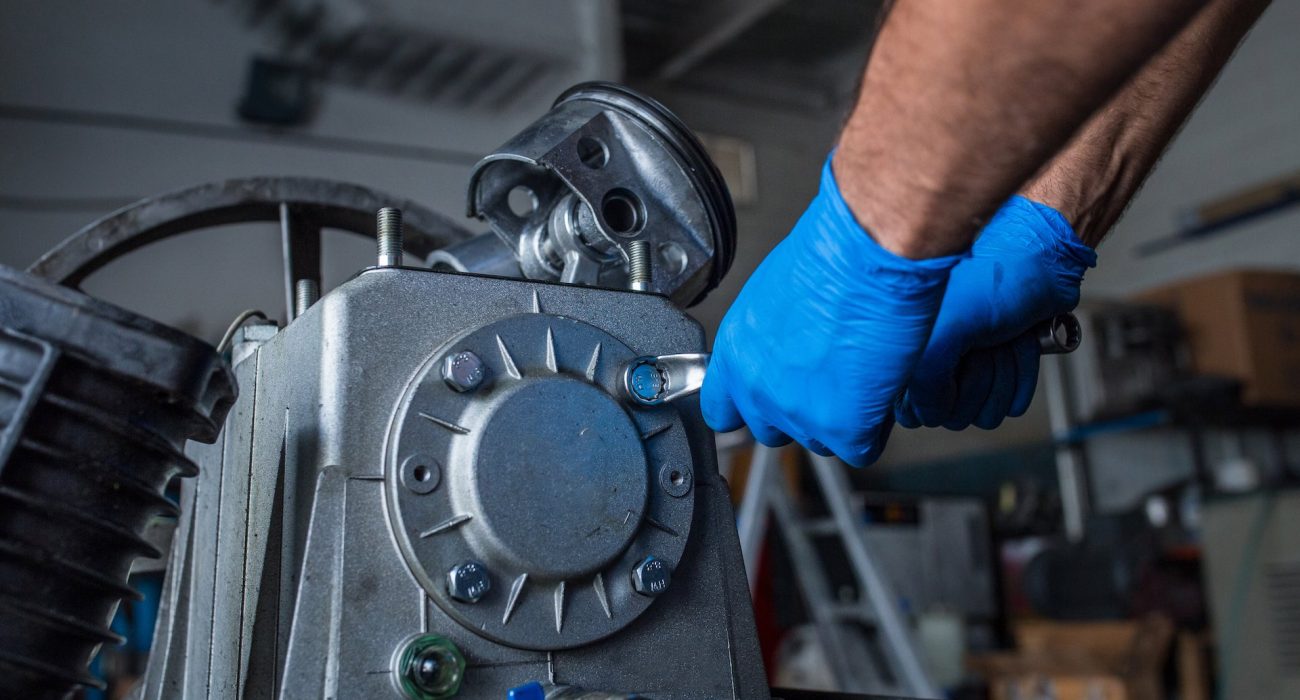The Importance of Corrective Maintenance in Shipping Operations
In the shipping industry, operational efficiency is paramount, and the health of vessels directly affects both profitability and safety. While much focus is placed on preventive and predictive maintenance strategies to avoid breakdowns, corrective maintenance is equally important. This reactive maintenance approach is essential when unexpected failures occur, and it plays a critical role in restoring vessels to full functionality. However, when relied on too heavily, corrective maintenance can lead to significant costs and operational inefficiencies. In this blog, we will explore corrective maintenance in the shipping industry, its benefits and challenges, and how integrating it with modern management platforms like UNKNOT TM can optimize fleet performance and minimize costs.
What is Corrective Maintenance?
Corrective maintenance refers to repairs made to a vessel’s equipment after a failure or malfunction occurs. It involves identifying and fixing the root cause of the problem to bring the equipment or system back into service. Unlike preventive maintenance, which proactively addresses potential issues before they arise, corrective maintenance occurs after a failure disrupts operations.
- Unpredictable Failures: Despite best efforts in regular maintenance, certain issues may not be foreseen, such as sudden mechanical failures, electrical malfunctions, or system breakdowns caused by external factors like weather conditions or human error.
- Restoration After Failure: Corrective maintenance focuses on quick repairs to minimize downtime and restore the affected equipment to operational conditions
The Cost Implications of Corrective Maintenance
While corrective maintenance is sometimes necessary, it is often more expensive and disruptive than preventive maintenance. Here are some of the key cost-related challenges:
- Downtime: One of the most significant costs associated with corrective maintenance is the downtime a vessel experiences during repairs. This downtime not only impacts the vessel’s ability to complete its scheduled tasks but may also lead to delays for other vessels in the fleet, affecting overall fleet productivity.
- Emergency Repairs: Unplanned repairs often require emergency interventions, which tend to be more costly. The urgency of the situation may also mean that parts are sourced at premium prices, and additional labor costs may be incurred to address the issue quickly.
- Increased Wear and Tear: Equipment that is constantly subjected to breakdowns due to insufficient proactive care can experience accelerated wear and tear, leading to more frequent and costlier repairs.
UNKNOT TM can help reduce the need for corrective maintenance by offering a seamless integration of preventive and predictive maintenance strategies, enabling fleet operators to proactively address potential issues before they turn into failures.

The Role of Corrective Maintenance in the Modern Shipping Industry
Corrective maintenance is a reality for any fleet operator, especially in an industry where vessels are constantly in operation across various regions. However, the focus should be on ensuring that corrective maintenance is part of a broader, more comprehensive maintenance strategy.
- Increased Vessel Lifespan: While it may be reactive, corrective maintenance is crucial for keeping vessels running smoothly, extending their lifespan, and ensuring they continue to operate safely.
- Complementing Preventive Strategies: Corrective maintenance should not be the sole focus but should complement preventive strategies. When used in tandem, the two approaches ensure that vessel systems are optimized and that unexpected failures are minimized.
By using UNKNOT TM to track vessel health in real time, operators can identify early warning signs of failure, allowing for better scheduling of corrective maintenance when necessary
How to Optimize Corrective Maintenance in Fleet Operations
To fully leverage corrective maintenance, shipping companies must adopt a strategic approach that minimizes its costs while maximizing its benefits. Here are some ways to optimize corrective maintenance:
- Comprehensive Maintenance Records: Keep detailed records of all corrective maintenance actions taken across the fleet. These records help identify recurring issues, allowing for more effective future repairs and enabling better resource planning.
- Root Cause Analysis: Implementing a root cause analysis (RCA) approach helps fleet operators determine the underlying cause of a failure, ensuring that similar issues do not arise in the future. Addressing the root cause improves overall vessel reliability and minimizes the need for corrective maintenance in the long term.
- Effective Spare Parts Management: Ensure that critical spare parts are readily available to avoid delays during repairs. UnKnott can help streamline inventory management and ensure that spare parts are properly tracked and accessible when needed.
- Collaborating with Technicians: Establish strong communication and relationships with onboard technicians, repair personnel, and maintenance teams. Effective collaboration leads to faster response times, reducing downtime and operational disruption.
UNKNOT TM aids in all of these areas by providing centralized maintenance records, real-time performance monitoring, and smart inventory management, making corrective maintenance more efficient and cost-effective.
Moving Beyond Corrective Maintenance: Preventive and Predictive Maintenance Integration
While corrective maintenance will always be a part of fleet operations, modern shipping companies must shift towards a more proactive approach to maintenance. Integrating predictive and preventive maintenance into fleet management strategies helps reduce the frequency of corrective maintenance.
- Preventive Maintenance: This involves performing regular maintenance tasks based on fixed intervals or usage patterns to avoid failures before they occur. Regular inspections, lubrication, and parts replacement can significantly extend the lifespan of equipment.
- Predictive Maintenance: By using data from IoT sensors and advanced analytics, predictive maintenance helps fleet operators predict when specific equipment will fail, allowing for maintenance to be performed before a breakdown occurs. This proactive strategy reduces the need for costly corrective repairs and minimizes downtime.
UNKNOT TM integrates both predictive and preventive maintenance practices, allowing fleet operators to efficiently manage their vessels’ health. With its advanced data analytics and real-time monitoring, UnKnott helps reduce the frequency and severity of corrective maintenance, improving overall fleet performance.
Corrective maintenance remains an important component of fleet management, but it should not be the primary strategy. By integrating corrective maintenance with predictive and preventive practices, shipping companies can reduce downtime, minimize operational disruptions, and improve fleet efficiency.
UNKNOT TM provides the tools needed to streamline corrective maintenance and integrate it with proactive strategies. With real-time monitoring, predictive analytics, and effective resource management, UnKnott enables fleet operators to optimize their maintenance strategies, improve vessel reliability, and reduce costs in the long term.

